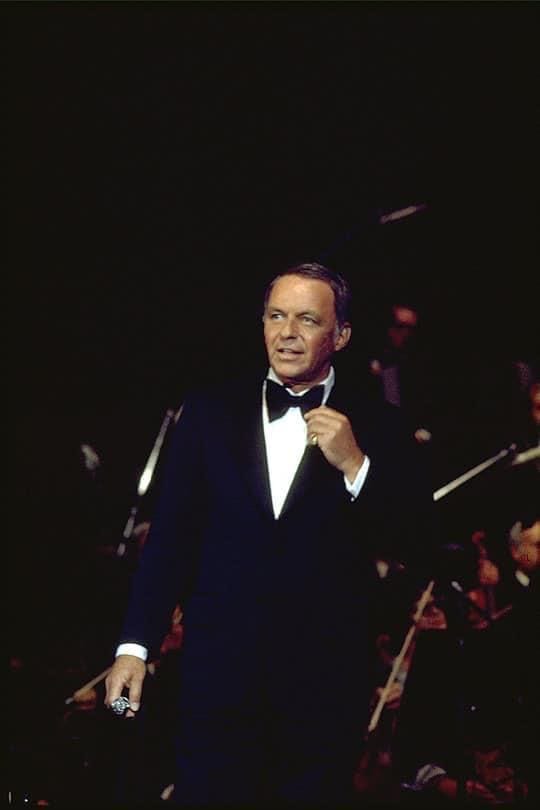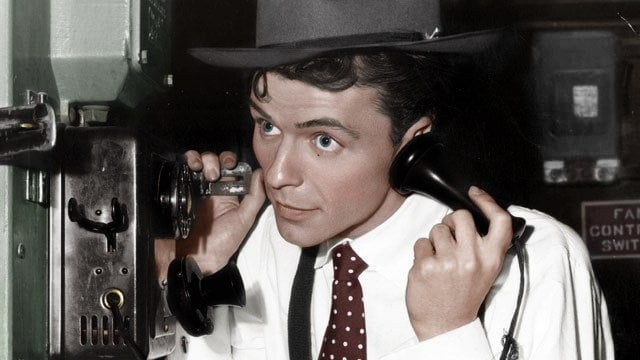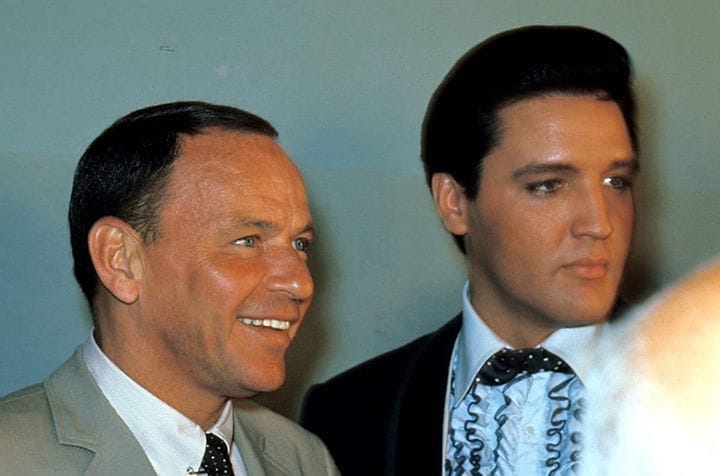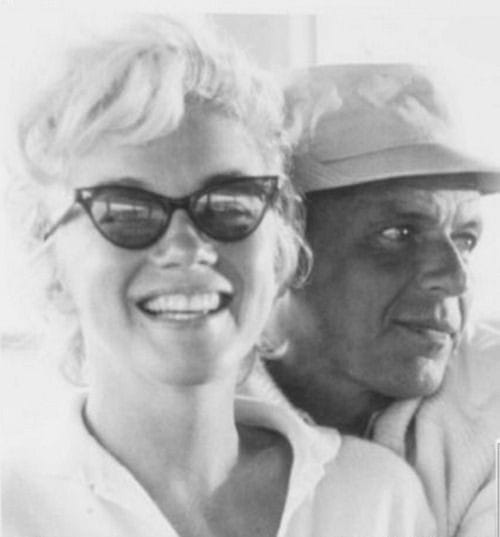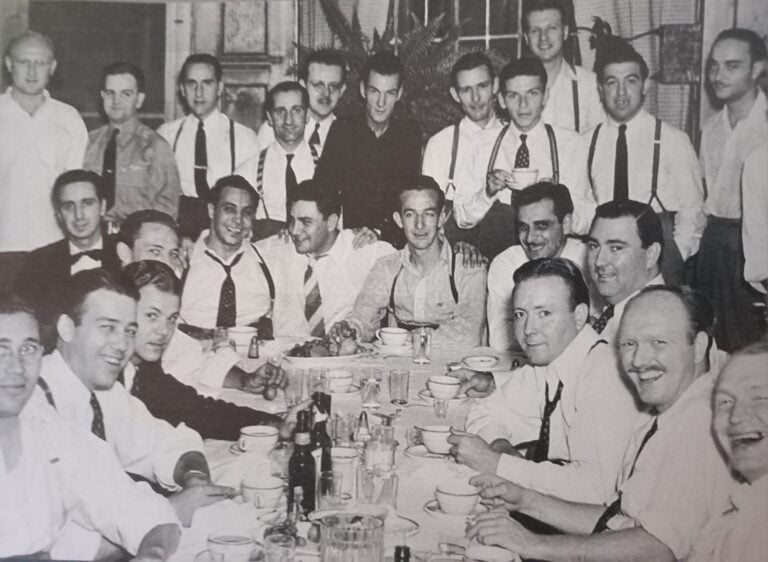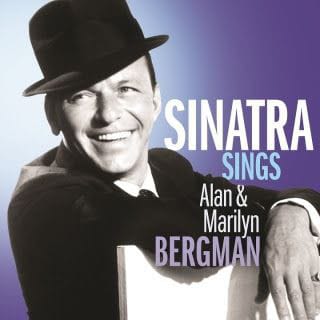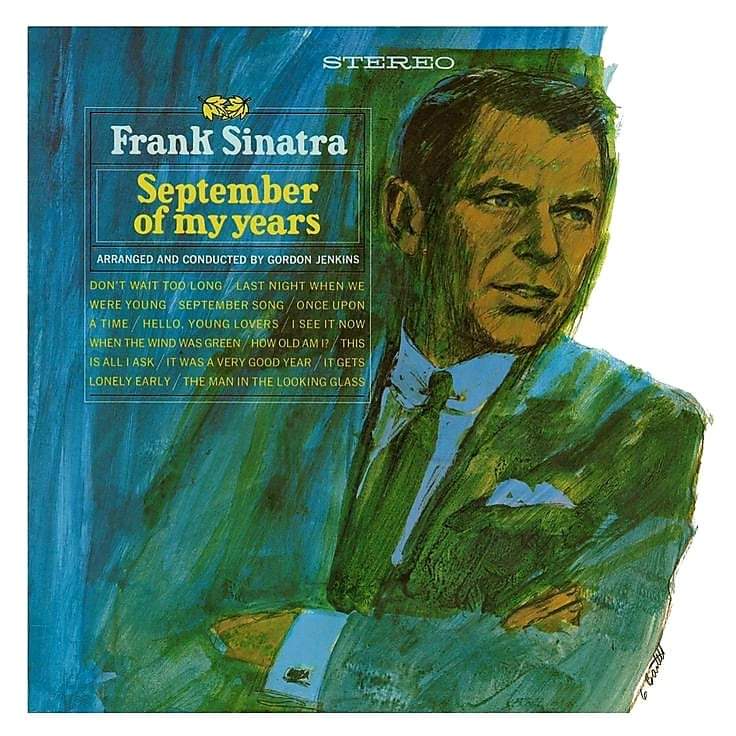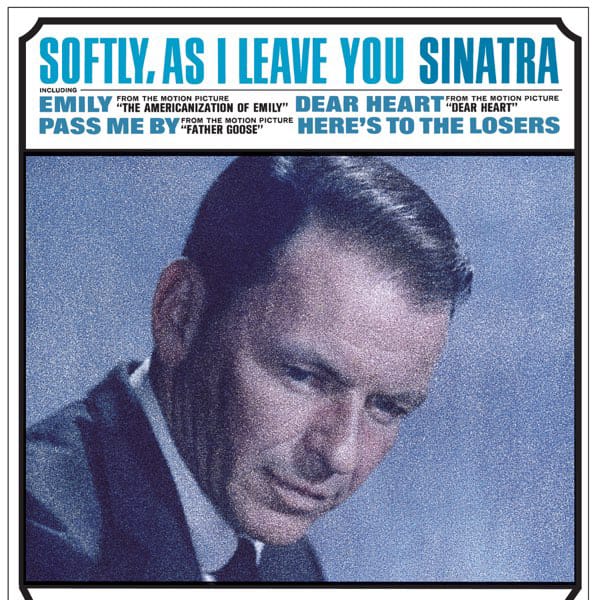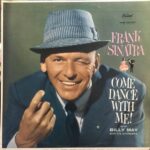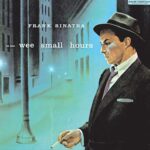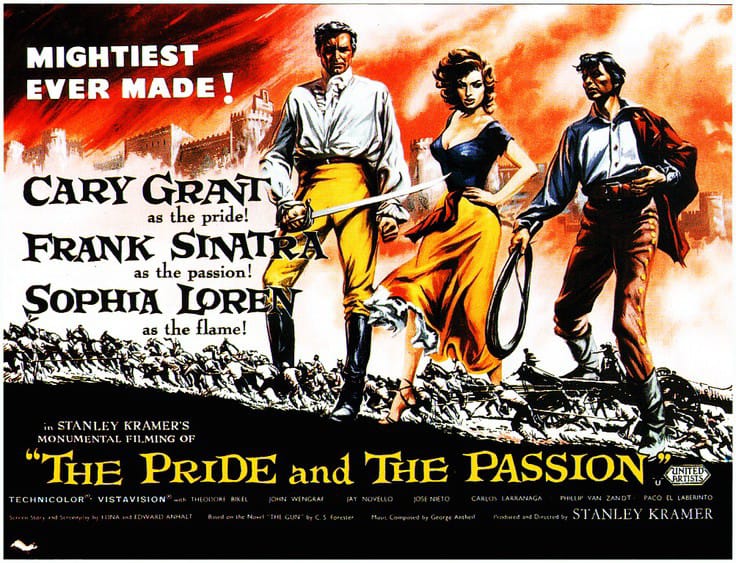
“THE PRIDE AND THE PASSION“
By Mahnuel Muñoz
On July 10, 1957, the film “The Pride and The Passion” was released.
With “The Pride and The Passion“, Hollywood falls definitively and madly in love with Spain as the setting for its great productions. In our land, “Solomon and the Queen of Sheba“, “Patton“, “The Fall of the Roman Empire” or “55 Days in Peking” come to life. And since then, the romance of the silver American heartthrob with the beautiful Spanish female burns with pride, passion, golden moons and eternal nights.
Director Stanley Kramer confesses that he is happy to find, far from the factory of dreams, such high levels of quality and efficiency, which help to overcome the numerous problems that afflict production, this time not caused by the flesh and blood stars Cary Grant, Sofia Loren and Frank Sinatra.
In fact, Cary and Sofía hit it off from the first day and take long walks during their breaks; For his part, Frank Sinatra, during filming in El Escorial, has a suite at the Felipe II hotel, but prefers to go to another hotel on Paseo de La Castellana where Ava Gardner is staying.
The protagonist of the film, a big cannon, gives those involved great headaches and body pain due to the complexity of its transfer from Segovia to Santiago de Compostela, from El Escorial to Ávila, from Puerto del Pico to Torrelaguna; Due to its large size, there are two cannons, one at the filming location, and the second at the next location. A third miniature cannon is used for the sequences on the Miño River.
The shots that require the most preparation are those of the walls of Ávila. In one of the corners of the walls there is another false one, which would be destroyed by the great cannon. The imitation is so good that neighbors and onlookers have to touch it to be convinced that it is a decoration.
5,000 extras participate in the final attack sequence. The filming is prolonged because the American special effects department forgets to prepare the explosives behind the false wall. For this reason, the cannon shots do not breach the wall, and it is a shame, because the extras, on the first day, run determinedly towards the French, who fire from the wall and dodge the detonations in surprise. When filming is repeated, the Avila extras will be more cautious, less natural, in the face of possible explosions.
In Hoyo de Manzanares (Madrid) fifty stone walls were demolished so that 5,000 men, chariots and cavalry could be deployed. After filming, the walls will be placed back in their original places.
Among the extras and secondary characters are two very popular characters in our country: a young aspiring politician named Adolfo Suárez, future president of the Spanish government, and a young actor who will develop a long and successful career in film, theater and television: Carlos Larrañaga .
Despite the effort put into this film, the expected commercial success was not achieved. It did serve, however, to demonstrate to director Stanley Kramer, and his producers, the advantages of working in Spain.

